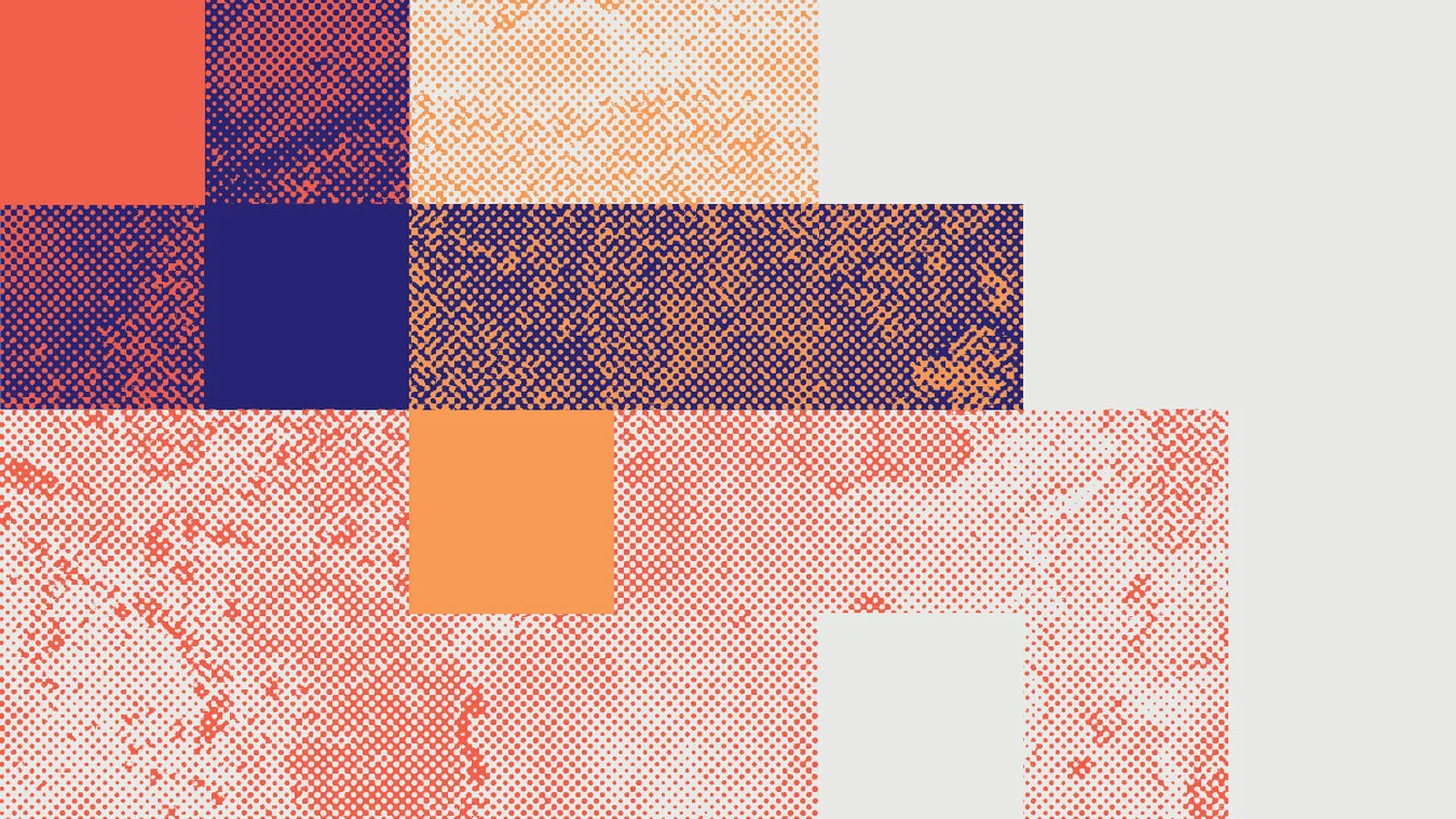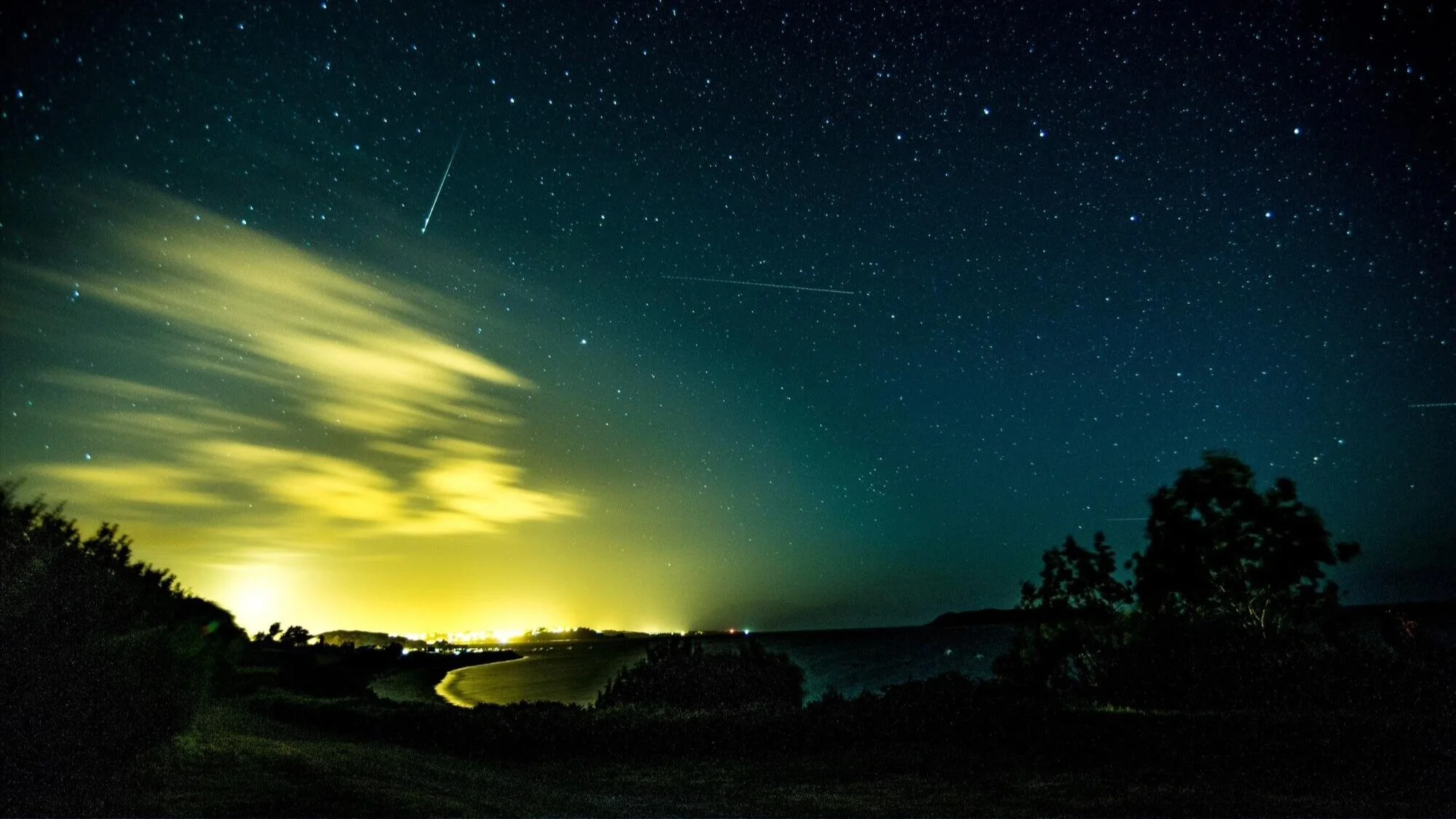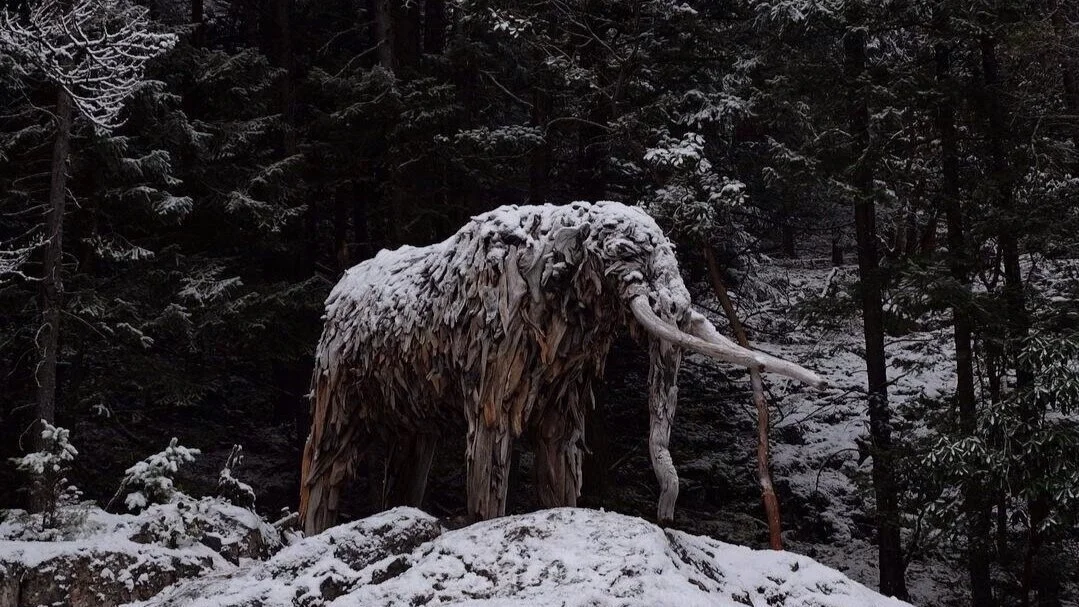We are pleased to present AuScope’s 10-Year Strategy 2020 – 2030 and 5-Year Investment Plan.
Read MoreTo celebrate National Science Week, we connect creatives at TERRAIN and Girl On Road with leading geoscience researchers Prof Dietmar Müller, Dr Maria Seton and Dr Adriana Dutkiewicz from The University of Sydney to discuss our human connection with earth systems, and GPlates’ new residence in the Directory.
Read MoreIn our second webinar, we heard learned about the vast McNaughton SHRIMP collection in Western Australia, and previewed the fast-growing AusGeochem Platform.
Read MoreThe Government of Western Australia announced a $3.2M co-investment with AuScope and Curtin University today to enable the replacement of a 27-year old instrument at the John de Laeter Centre (JdLC), allowing researchers to continue to unveil secrets of the universe.
Read MoreIn our first webinar, the AGN team discussed our progress in building the AusGeochem platform and introduced our aims to create a collaborative network for all Australian geochemistry laboratories.
Read MoreWe are excited to announce $700K of funding for a collaborative research infrastructure project in the Curnamona Province located across South Australia and New South Wales, between 2020 and 2022. This creates a golden opportunity to map an entire geological province in 3D to help find new deposits of Critical Minerals.
Read MoreIn May 2020, we witnessed dramatic footage of eight chimney stacks at the old Hazelwood coal-fired power station sequentially fall during demolition. AuScope seismometers recorded the shock, as they do many different natural and human-made events in Australia and around the world. Here’s what scientists can learn using this NCRIS enabled seismic data.
Read MoreRecently, a collaborative research team at the University of Melbourne and Curtin University set out to confirm and constrain the age of volcanic rocks in southwest Victoria by a new and independent age-dating technique that is enabled by AuScope. In the course of their research, the team uncovered archaeological evidence and the rich oral traditions of local Gunditjmara people, which played a key role in enriching the outcome.
Read MoreIn the hunt for new mineral deposits in Western Australia, researchers at Curtin University have turned their attention to the mineral rutile as a possible indicator, revealing a potentially game-changing insight for mineral explorers.
Read MoreRecently, we farewelled one of our much-loved Board Members, Dr Peter Woodgate after he helped to shape AuScope’s strategic direction for almost a decade. Before Peter turns his full attention to space enabled science, we reflect together on his accomplished career so far; and his thoughts on AuScope’s achievements, opportunities, and challenges ahead.
Read MoreDespite a challenging start to the year, we have been working busily behind the scenes around the country to co-design with the geochemistry community a digital solution that makes geochemical data FAIR. And excitingly, our team has grown.
Read MoreRecently, scientists at Curtin University analysed samples from the second-largest asteroid in our solar system, Vesta. We had a hand, quite literally, in preparing samples for this analysis at the John De Laeter Centre. But even more exciting than handling extraterrestrial samples are the researchers’ findings about Vesta’s early life.
Read MoreAuScope is excited to work alongside other research co-investors in the Australian Scalable Drone Cloud, to standardise how earth and environmental scientists collect and analyse drone-collected data by establishing best-practices and FAIR data principles.
Read MoreA few weeks ago a sonic boom was captured by an NCRIS enabled seismometer at St Joseph's College in Albany, Western Australia. A few lucky locals even witnessed the light show and explosion. The cause? A meteor exploding as it collided with the Earth’s atmosphere. Dr. Michelle Salmon from the Australian National University explains.
Read MoreIn the last five years, the Geological Survey of NSW has coordinated the transport of over 32 km of geological drill core from remote corners of the state to Londonderry’s WB Clarke Geoscience Centre for hyperspectral mineralogy analysis. Positive impacts are already surfacing.
Read MoreHow can we geoscientists share what we do with the public — and what are we looking for in return? It’s an urgent question in these uncertain times, and one that AuScope representative, Rohan Byrne found on the minds of many delegates at the Australian Science Communicators 2020 conference.
Read MoreMany of us admire minerals for their array of curious habits and colours, and maybe even their acclaimed ‘healing’ properties. But geologist Monica leGras from CSIRO Mineral Resources sees them in a slightly different light…
Read MoreInjecting compressed carbon dioxide gas (C02) deep underground in a process called geosequestration could potentially be one approach to reducing it in the atmosphere. An extremely important aspect of geosequestration is monitoring the injected CO2 to ensure that it stays within the porous rock zone as anticipated. eScript can help.
Read MoreRecently, researchers from the ANU prepared a suite of NCRIS-enabled ocean bottom seismometers (OBS) to image the 3D structure of the Macquarie Ridge Complex — an underwater geological landscape where three tectonic plates collide.
Read MoreHappy Christmas AuScope and friends! I hope you all have a chance to relax and recharge over the summer break. I’m pleased to share some closing thoughts with you on 2019 as we wind down…
Read More




















